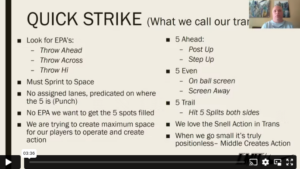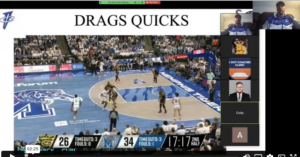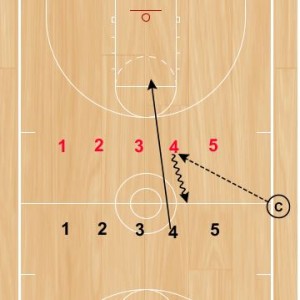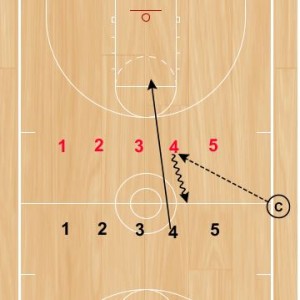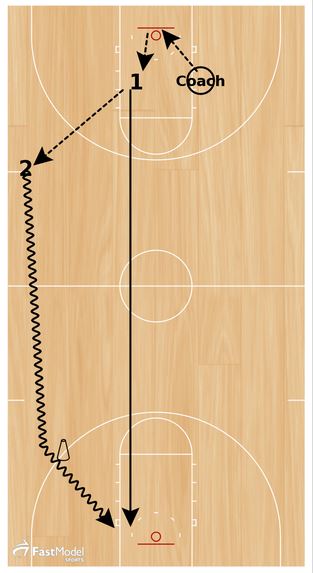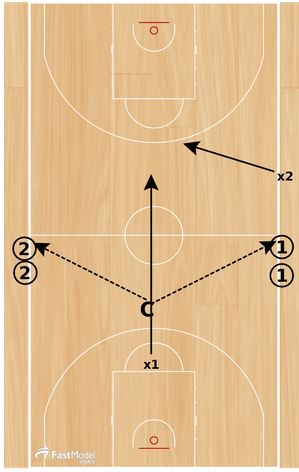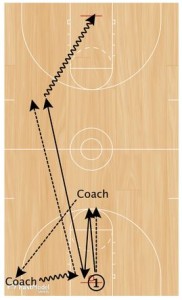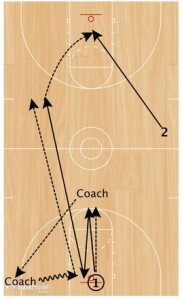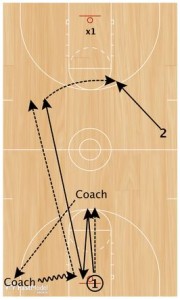In the clip below Coach Josh Shertz explains the key concepts in his transition offense that he calls Quick Strike.
Coach Shertz’s system is unique in that there are no assigned lanes, he has his players sprint to space and look to pitch ahead.
This clip is taken from Coach Shertz’s complete coaching course. To learn more about that course click the following link: Transition Offense & Quick Hitters
